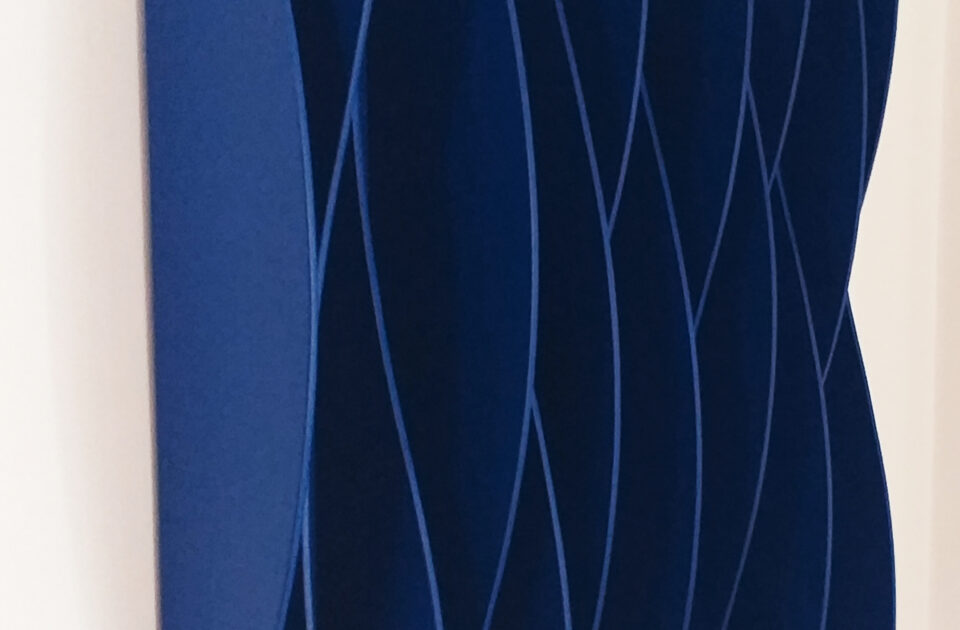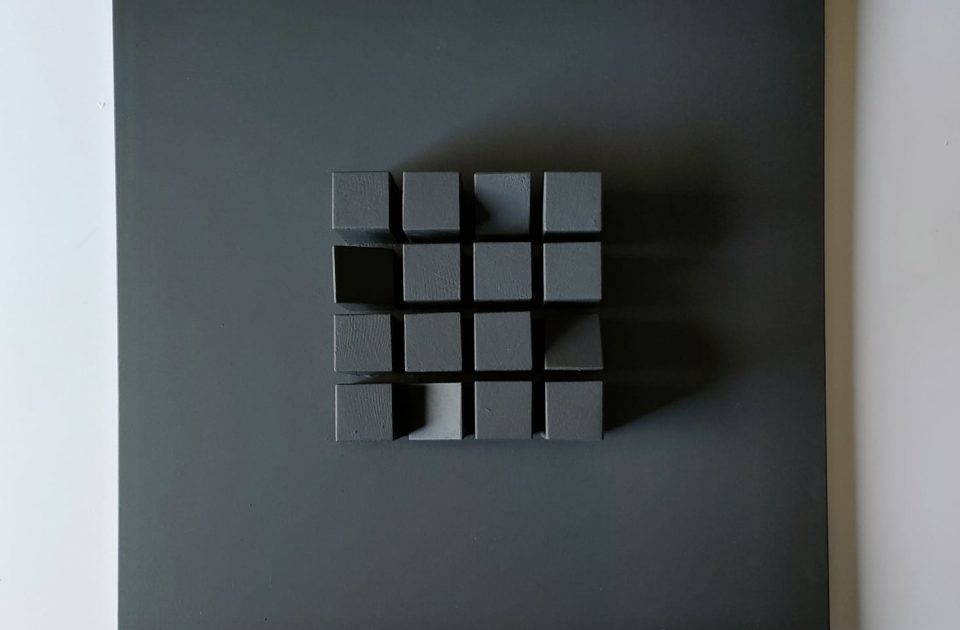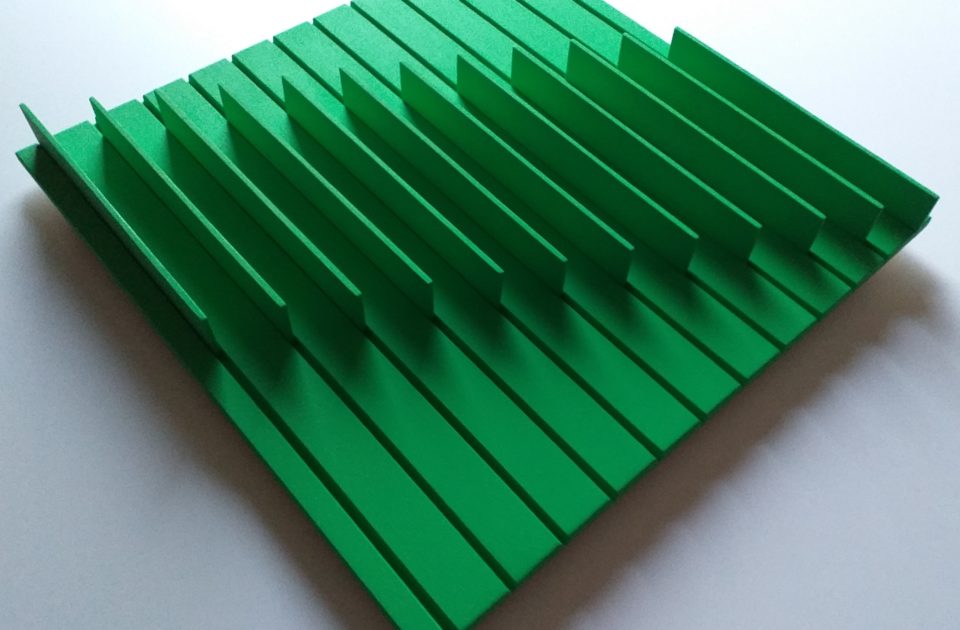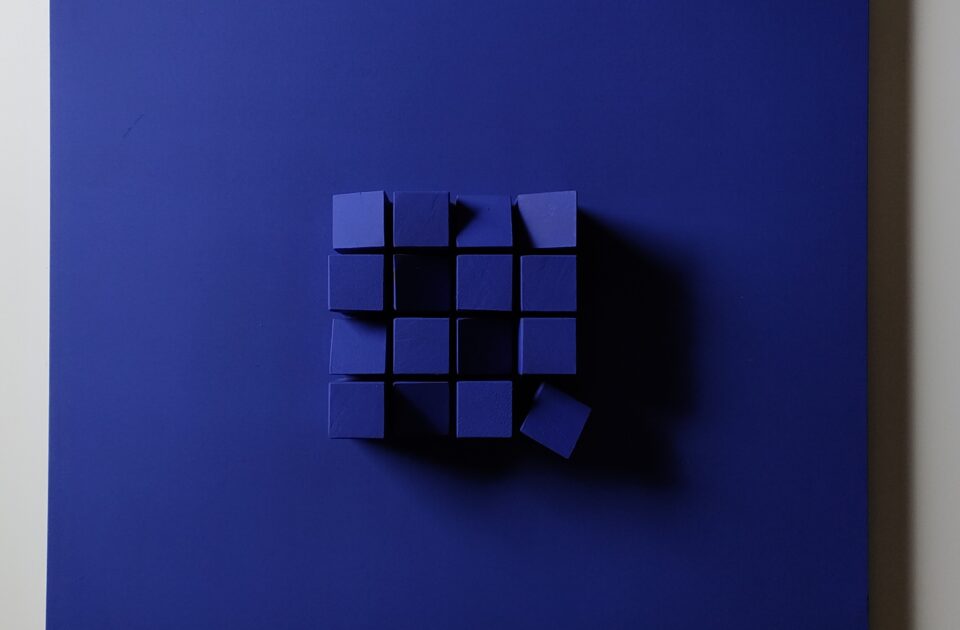He was born in 1957 in Santa Croce di Magliano, where he currently lives and works.
An artist and architect was trained in the 1980s in Rome, where he was able to attend the university lectures of Filiberto Menna, a careful investigator of the linguistic systems of contemporary art.
Since the beginning, Mascia’s research has focused on non-figurative art, in the wake of a natural inclination for the outcomes of Dutch neo-plasticism, Russian avant-gardes, conceptual art and concretism. In his journey, the artist has often felt the need to confront himself with various masters of contemporary art and, in particular, with Lucio Fontana, to whom he has dedicated a cycle of works. Contact with the Milanese environment, especially with the Arte Struktura Gallery directed by Anna Canali, favored joining the Madì movement in 1996, and it is in the Milanese gallery, the Italian exhibition site of the Madì, that in his works that complex synthesis was realized between the cultural instance of the movement, born in Buenos Aires fifty years earlier,
Numerous personal and group shows have seen Mascia not only in Italy (Vincenzo Mascia has exhibited in Santa Croce di Magliano, Campobasso, Termoli, Bologna, Bari, Milan, Avellino, Trieste, Rome, Sanremo, Naples, Taranto , Mantova, Forlì, Verona, Sassari, Venice, Bergamo, Biella, Reggio Calabria, Padua, Brescia, Caserta, Trapani, Isernia, Palermo etc.) but also abroad (France: Paris, Maubege, Blayn, Montigny, Carros , Cholet, Slovakia: Bratislava, Hungary: Gyor, Budapest, Germany: Solingen, Holland: Gorinchem, Plasmolem, Russia: Moscow, Argentina: Buenos Aires, La Plata, USA: Dallas, Libya: Tripoli, India: Mombay, Australia: Sydney ; Sweden: Sarvisvaara).
Signs searched for each time and articulated in the relations of encounter – conflict, concave – convex, positive – negative, where a subtle ratio of white to white indicates a vibration of light, sometimes contrasted by a strong primary color which attracts the directional movement of the composition. The neutral surface, or the pause of the background, does not intend to have a direct relationship with the signs above it, but more precisely to establish an allusive interval of external reality, continues, so that the picture does not close in a delimiting frame, but it can expand to real space, external. Note the continuous support of the signs at the edge of the framework from which they begin. His paintings lack any hint of a center, or three-dimensional perspective convergence, in which the signs relate to each other. Only a conversation of attraction and repulsion of the individual autonomous elements remains. Space does not want to be a visual infinite, but an infinite number of forces in continuous equilibrium. Mascia uses a technique that requires an external direction on “visual patterns”, and for this reason, an articulate, careful and tense bill of signs is more important than ever, which signs, being unique and protagonists, are valid for their sharpness and declared to be accurate. An elementary but difficult research, extremely mental, where everything is played with the risk of losing. But precisely for this reason his work deserves encouragement, so that he can continue and progress in the direction of quality, purity of signs and the civilization of language. Space does not want to be a visual infinite, but an infinite number of forces in continuous equilibrium. Mascia uses a technique that requires an external direction on “visual patterns”, and for this reason, an articulate, careful and tense bill of signs is more important than ever, which signs, being unique and protagonists, are valid for their sharpness and declared to be accurate. An elementary but difficult research, extremely mental, where everything is played with the risk of losing. But precisely for this reason his work deserves encouragement, so that he can continue and progress in the direction of quality, purity of signs and the civilization of language. Space does not want to be a visual infinite, but an infinite number of forces in continuous equilibrium. Mascia uses a technique that requires an external direction on “visual patterns”, and for this reason, an articulate, careful and tense bill of signs is more important than ever, which signs, being unique and protagonists, are valid for their sharpness and declared to be accurate. An elementary but difficult research, extremely mental, where everything is played with the risk of losing. But precisely for this reason his work deserves encouragement, so that he can continue and progress in the direction of quality, purity of signs and the civilization of language. an articulated, careful and tense bill of signs is more important than ever, which signs, being unique and protagonists, are valid for their sharpness and declared precision. An elementary but difficult research, extremely mental, where everything is played with the risk of losing. But precisely for this reason his work deserves encouragement, so that he can continue and progress in the direction of quality, purity of signs and the civilization of language. an articulated, careful and tense bill of signs is more important than ever, which signs, being unique and protagonists, are valid for their sharpness and declared precision. An elementary but difficult research, extremely mental, where everything is played with the risk of losing. But precisely for this reason his work deserves encouragement, so that he can continue and progress in the direction of quality, purity of signs and the civilization of language.















